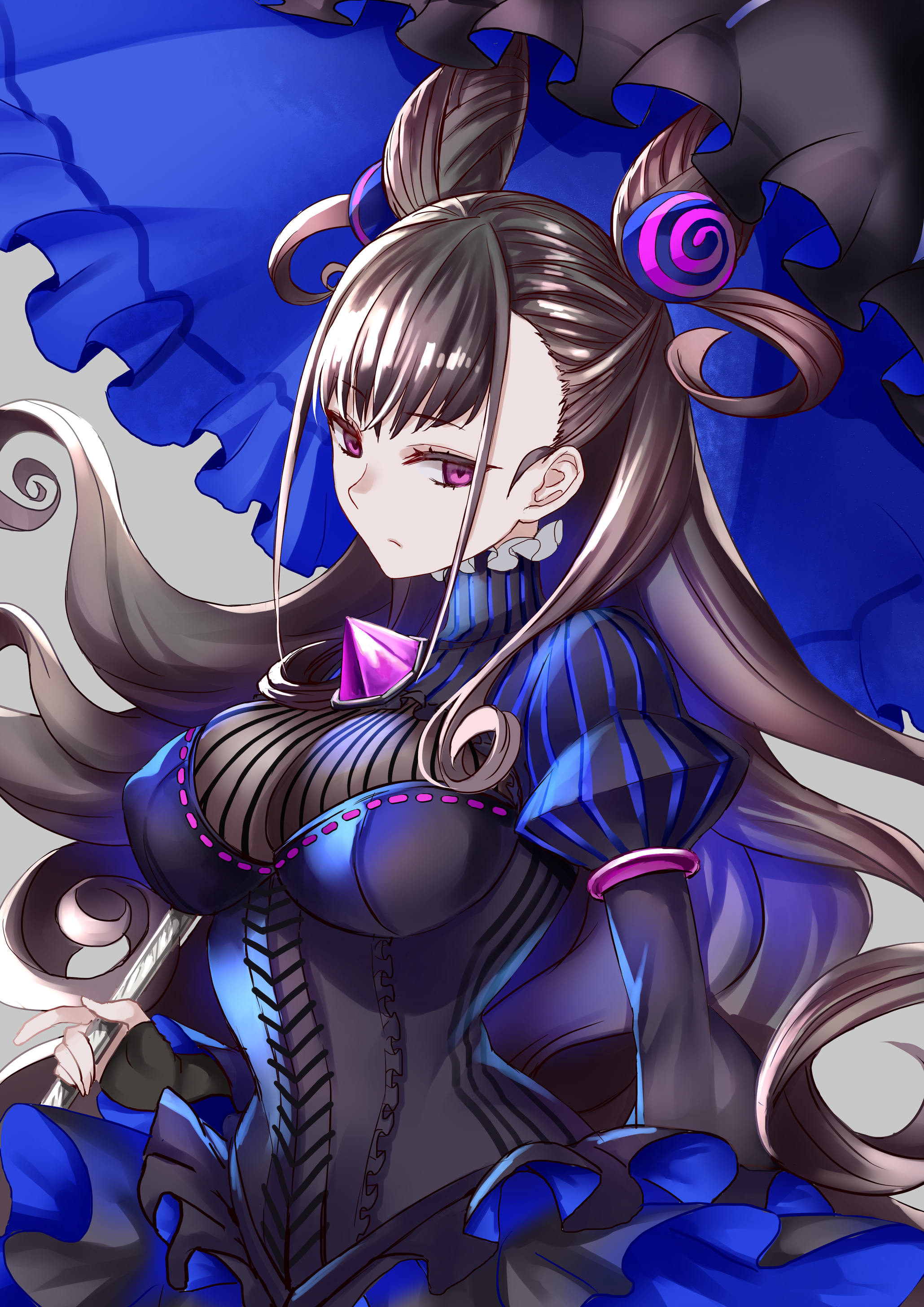

When no such campaigns are active, this Servant cannot be summoned. Fragment of the 1654 edition of "The Tale of Genji". Murasaki Shikibu View source This is a Limited Servant They are only available during special summoning campaigns. She lets us into her character’s minds and passions, and allows us to see what life was like some ten centuries ago.

Her novel is a great testimony to the power of a young Japanese girl’s imagination. The Genji Monogatari (Tale of Genji), written by a woman we know by the sobriquet of Murasaki Shikibu, has become widely accepted in both West. Another important feature of her writing is her poetic way of describing the characters-whom we never know by name, but through their ways of dressing, or political rank. The Diary of Murasaki Shikibu is a striking example of emaki, a Japanese illustrated scroll, composed in the mid 13th century and inspired by the diary of. Perhaps it’s the clever and detailed way in which Murasaki recreates the fashions, main concerns, and contemporary events of Japanese aristocracy at the time that made The Tale of Genji a classic of Japanese literature. Murasaki relates the young Genji’s adventures and romances over fifty-four chapters, as he attempts to build an imperial career, also offering insight into aristocratic life at that time. The Tale of Genji tells the story of Hikaru Genji, the son of an old emperor and a concubine, excluded from the royal line of succession. A classic novel about court life and great love


 0 kommentar(er)
0 kommentar(er)
